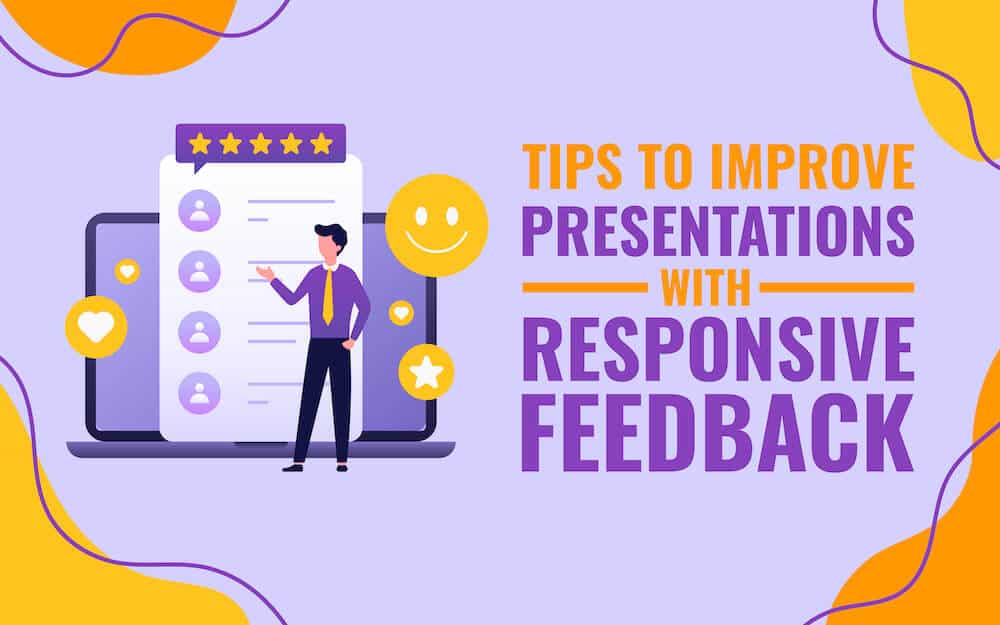
Social media star Kim Garst, co-founder and CEO of Boom! Social, tells her followers that she doesn’t want to be everybody’s cup of tea. She’d rather be someone’s tequila shot.
In a nutshell, that defines the difference between a great presentation and one that is absolutely mind-blowing.
The former leaves your audience satisfied, with lot to think about and a sense of gratification for time well spent. The later leaves them stunned with the impact, amazed at your insight, and your ambassadors for life.
They start conversations with “I remember the time I heard (name) speak. It took me to a whole new dimension.”
What is the secret of going from great to mind-blowing?
The world’s best orators know that it comes down to the usual techniques of preparation, adaptation and perfecting, but polished with a series of subtle glazes that leave your audience enthralled.
Here are seven best tips to take you to that level:
1. Focus on your content first.
All the polishing in the world won’t disguise an apple whose texture has gone soft or is past its peak. It’s okay to be inspired by a quote or another’s words and to share them with your audience, but at the end of the day, you run a risk of sounding like a book everyone has already read. You need to take the inspiration you gather from many sources and churn it around in your own fertile brain to come up with an entirely new perspective on the subject. If it sounds hard to do, it is. But it’s worth it.
2. Deliver your presentation with disarming directness.
Audiences are used to be glossed over. Rarely do speakers just stand in front of them and deliver their message with directness and clarity. Not only is that a style to be cultivated, but it starts with combing through your remarks to eliminate all jargon, acronyms, and clichés. For a good “how to” example of direct delivery, take a look at Larry Smith’s challenging address to his audience on the absurd excuses people give for failing to have a great career.
3. Focus on nonverbal connection with your audience.
Be mindful that the message your audience hears comes partially from the words they hear and partially from the body language of the speaker they observe. Train yourself on how to deliver your remarks from a pose of power to double the impact of your words. Your posture, your facial expressions, your hand gestures are all physical punctuation guides to tell your audience what really matters. To learn more about posture and non-verbal communication, watch Amy Cuddy’s TED Talk on how others perceive your unsaid messages.
4. Manipulate the audience’s emotions by varying your pitch.
Know when to whisper, when to shout and when to speak in your normal tone. Learn to use pauses effectively, and learn to signal physically to your audience that the punchline is coming right at them. Speaker Brian Tracy illustrates the power of the pause in this video:
5. Study the best mind-blowing speeches of all time
so you will understand what success looks like. Start with Steve Jobs’ commencement address:
In one small segment, he ties in the first five points of getting the wow factor in your presentations. Consider his remarks about death, for example. See how he takes a subject that has been endlessly discussed, and changes our perspective about it. He says: “No one wants to die. Even people who want to go to heaven don’t want to die to get there. And yet death is the destination we all share. No one has ever escaped it. And that is as it should be, because Death is very likely the single best invention of Life. It is life’s change agent. It clears out the old to make way for the new. Right now the new is you, but someday not too long from now, you will gradually become the old and be cleared away. Sorry to be so dramatic, but it is quite true. Your time is limited, so don’t waste it living someone else’s life.” Could he be any more direct, authentic, unique and inspiring?
6. Have a hook to your presentation.
The hook is that precise point in any presentation when you hold your enraptured audience in the palm of your hand. It is a suggestion that piques our imagination and starts to move us beyond the words we are hearing and into imagining a world of “what if?” A great example of a hook is when Elizabeth Gilbert, author of Eat, Pray, Love, explores the idea of genius and how we ruin it:
7. Have an objective to your presentation.
What is the point of asking your audience for their time and energy to hear your presentation if you have no end action in mind? Do you want them to think about something or do something? Make that very clear to your audience. Leave no confusion in their minds about what is expected of them. They may agree to support you, or decide not to, but either way the options will be clear to them. For example, watch actor Leonardo Di Caprio’s powerful Climate Summit speech here:
Note as he prepares to wrap up he lists clearly the action he wants government and citizens to take to solve the climate change challenge. There is no guessing; he lists item by item.



